Today I had a research appointment at the Museum of London (museumoflondon.org.uk), which I'd really been looking forward to. Hilary Davidson, Curator of Fashion and Decorative Arts, had pulled out several items of dress from Nell's lifetime (though not actually associated with her) - two pairs of stays (corsets, basically), a bodice front, two pairs of gloves, three pairs of shoes, a hat, three little gaming purses, two men's buff coats, and some beautiful pieces of lace. They were all carefully wrapped and padded, laid away in boxes, and displayed on a covered table, and Hilary handled them gently with gloves on. I was allowed to take pictures, but had to agree not to publish any, not even on my humble little blog!
Nevertheless, it was amazing to see up close actual surviving pieces of clothing from the mid to late 17th century. Seeing the inside of a set of stays stained by sweat and dirt brings the wearer so close you can almost feel her. I could imagine Nell being enchanted by a tiny purse with little red hearts woven into its fabric, a pair of soft leather gloves decorated with a deep fringe of looped carnation-colored ribbon, a pair of red velvet mules elaborately embroidered with real silver, and with a heel in a style that has become fashionable again.
One of the most striking pieces was one of the buff coats. I included a picture yesterday of a buff coat from the V&A collection - a plain one, like soldiers would wear. This coat was a different creature altogether. The leather was finer and softer, and it was elegantly tailored, with flaring coat-tails, slitted for a sword hilt. The sleeves, facings, and pockets were heavily worked with silver, in a pattern that Hilary remarked had Eastern influences. Perhaps the wearer had just returned from a Grand Tour and wanted something exotic.
Two other people were conducting research while I was there -- Ninya Mikhaila and Jane Malcolm-Davies, authors of The Tudor Tailor: Reconstructing Sixteenth Century Dress (tudortailor.com). They're at work on their next book, focusing on less grand, day-to-day clothes of the period. They had laid out a sailor's linen smock, stained brown with tar and age, and a giant tray of flat brown caps, which they refer to as "cowpat caps." They're apparently cataloguing all of them, and there seem to be more than you would think! While I was there they finished with one set of about six or eight and helped bring out the next large cloth-lined drawer of more, including one tiny and unbearably cute one for a little baby.
I commented that I bet they would get a lot of business from Renaisance Faire participants, and they said that yes, a lot of their sales did come from the U.S. and particulary California. They were amused to hear that I'd spent many years working Renaissance Faires and had spent almost as much time in sixteenth century clothes as twentieth. Almost.
I also walked through the rest of the museum, which includes day-to-day objects and information about the daily lives of Londoners through the millenia. Much of the museum is closed for renovations right now (and I just got in under the wire with the costumes; in two weeks they won't be accessible for several months), so the main display only went up to 1666. But that's good, because it's smack in the middle of my period.
Fortuitously, the museum also has a special exhibit right now called "London Burning," about the Great Fire of London, which burned from September 2-5, 1666. So there I was, right in the middle of the 342nd anniversary of the fire. There were objects from the period, reproductions of paintings of the fire, maps of the damaged areas, prints of the various proposed rebuilding plans, a fireman's helmet of the period (looking astonishingly like what firemen still wear), and much more.
Particularly nice was a little soundscape, featuring ballads of the period, one about the Rump Parliament and the return of Charles II, and the other about the fire being divine retribution for sinfulness, as well as the cries of street peddlars.
To get to the museum, I walked from the Bank underground station west along Mansion House, Poultry, Cheapside, and Newgate Street, and then up St. Martin Le Grand. I walked that route hundreds of times when I was here before because it was also the way to St. Bartholomew's Hospital, where my mother spent a lot of time. There's been a hospital there since 1123, and some of it has even been rebuilt since then!
Cheapside is one of the oldest of London's streets, and the streets branching off it - Bread Street, Honey Lane, and the nearby Poultry - reflect the area's long history as a market place ("cheap" means a market). St. Paul's Cathedral is just south of where Cheapside turns into Newgate Street. Further east along Cheapside stands the church of St. Mary le Bow. The present building, built 1671-1673, with its steeple completed in 1680, is one of 51 churches that were designed by Christopher Wren, and built to replace those burned in the Great Fire. You can see pictures of them at http://www.flickr.com/photos/stevecadman/sets/72157594356228263.) The saying that a true Cockney is someone born within the sound of Bow Bells refers to this church. Of course its bells would have been audible much further away before the city got quite so loud.
Thursday, September 4, 2008
Subscribe to:
Post Comments (Atom)


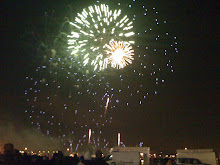


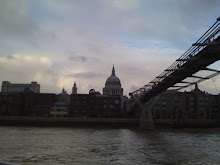







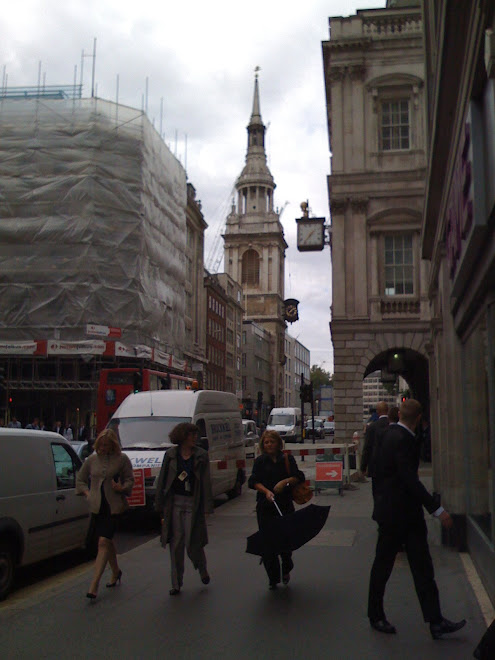

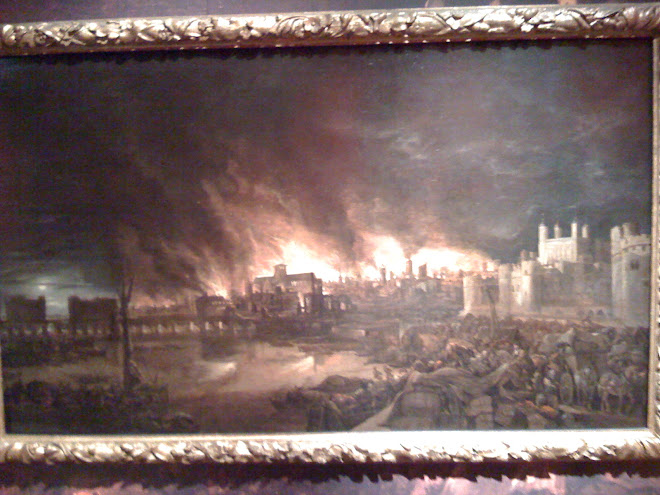
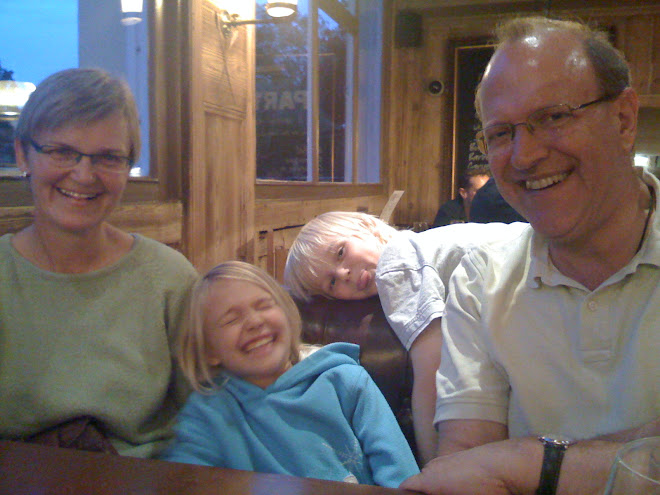


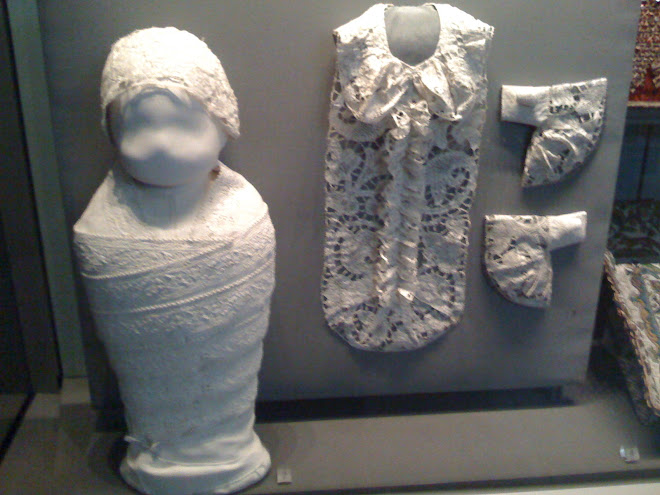
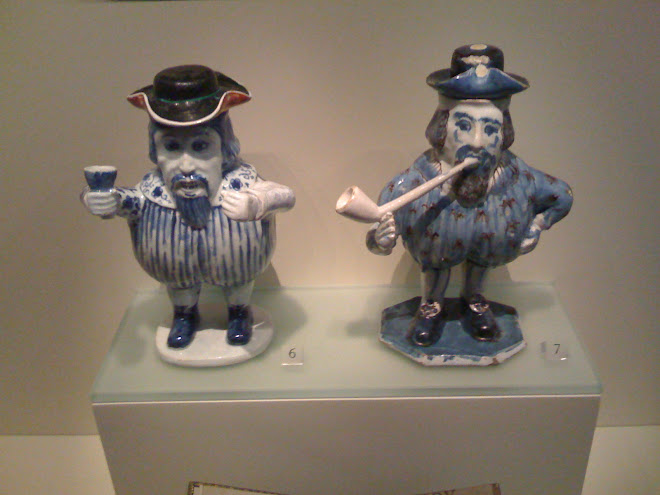
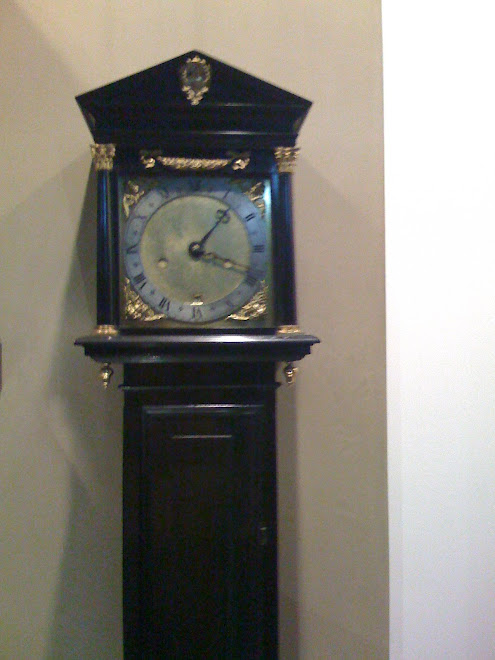


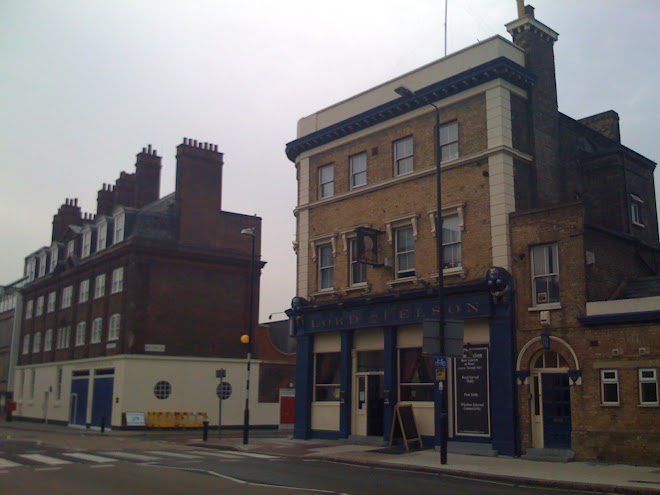
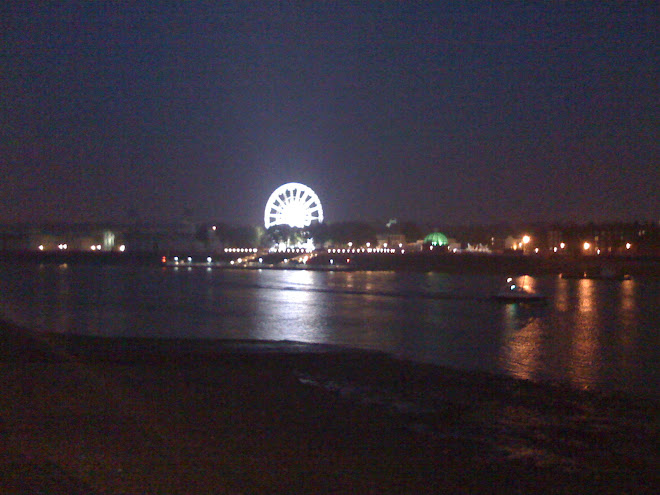
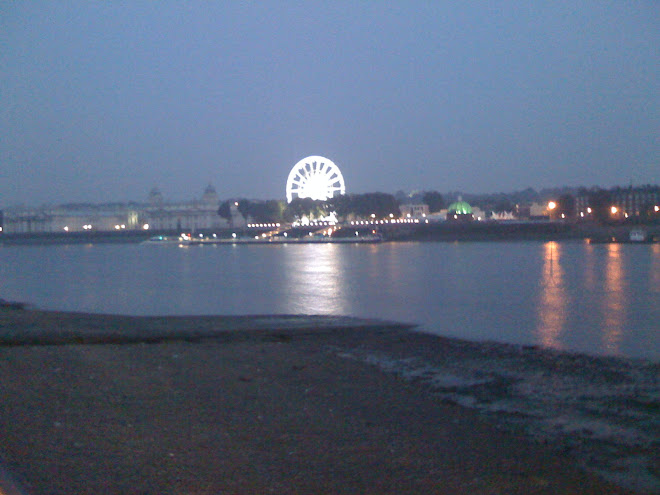
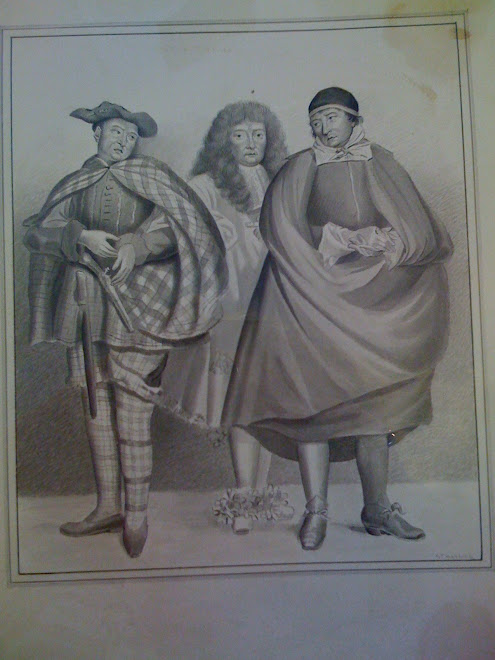
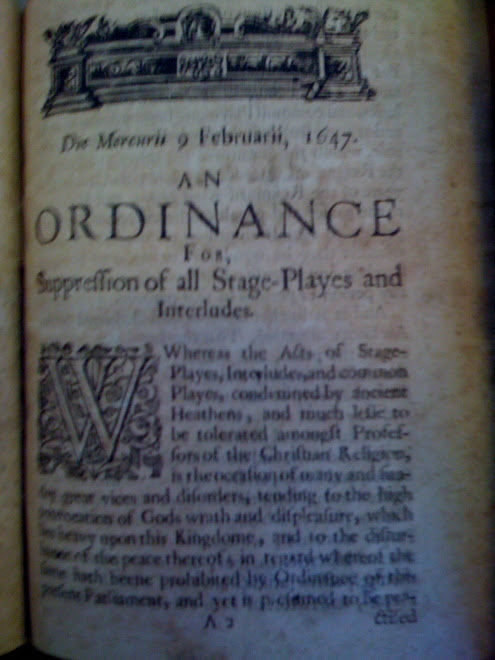
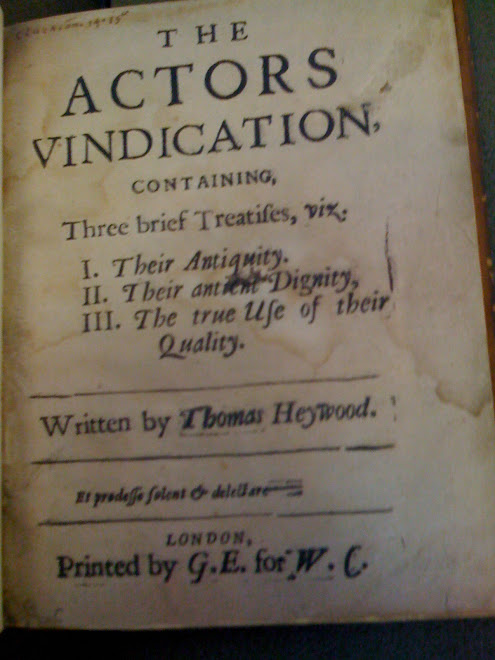
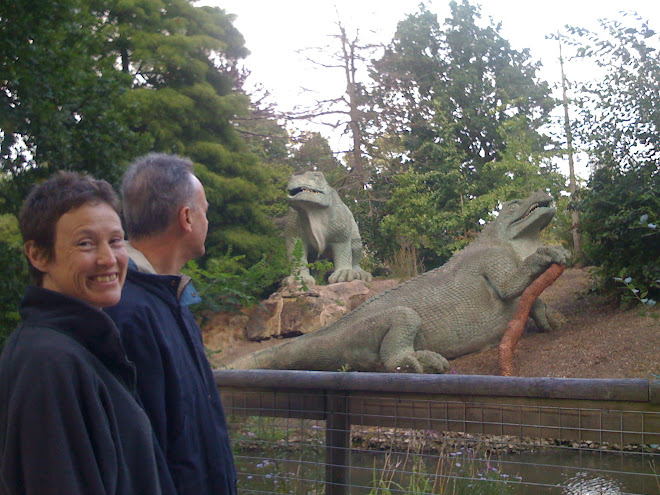


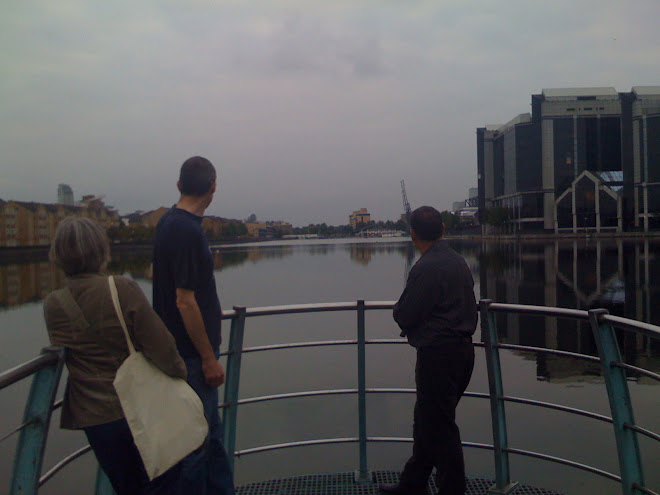
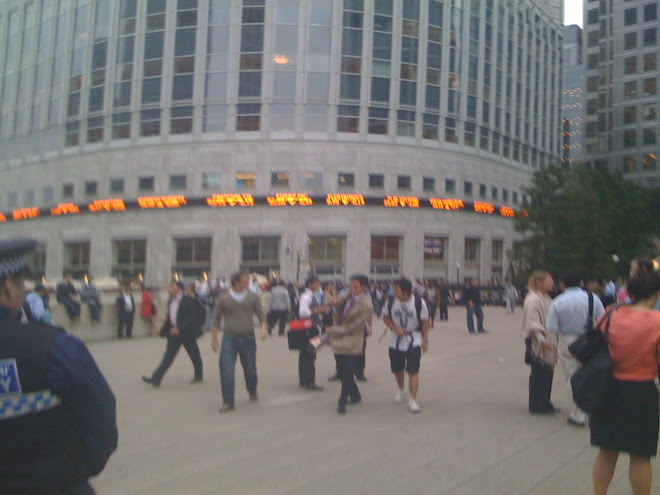



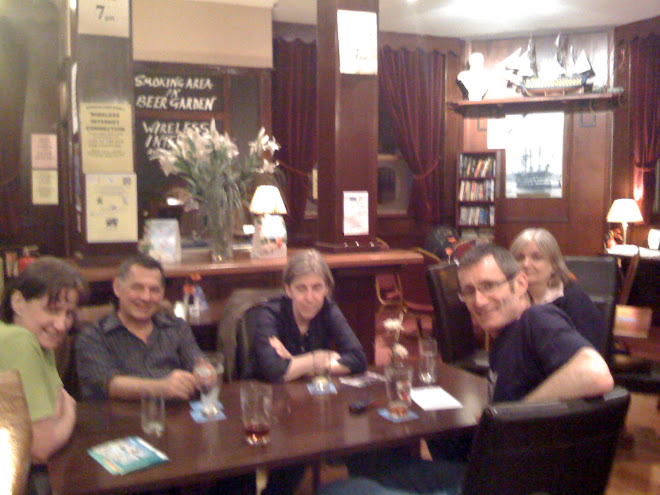
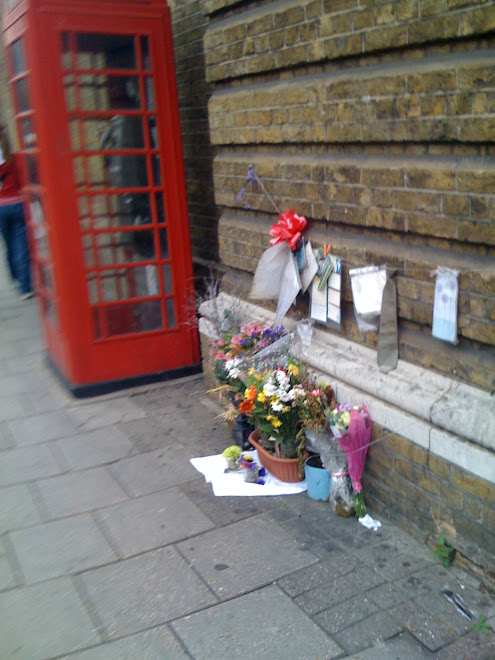


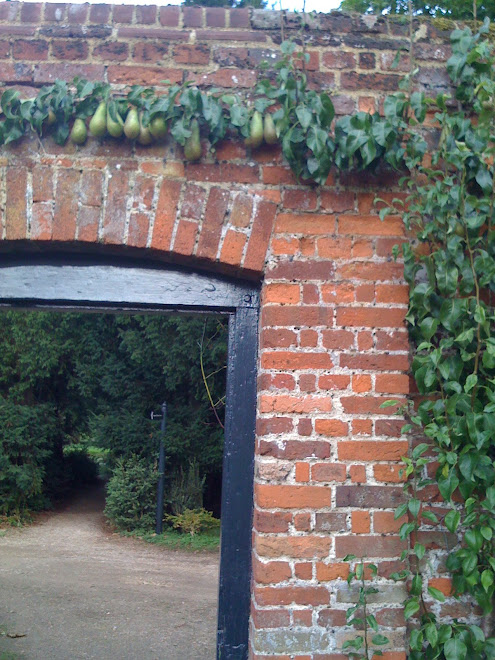
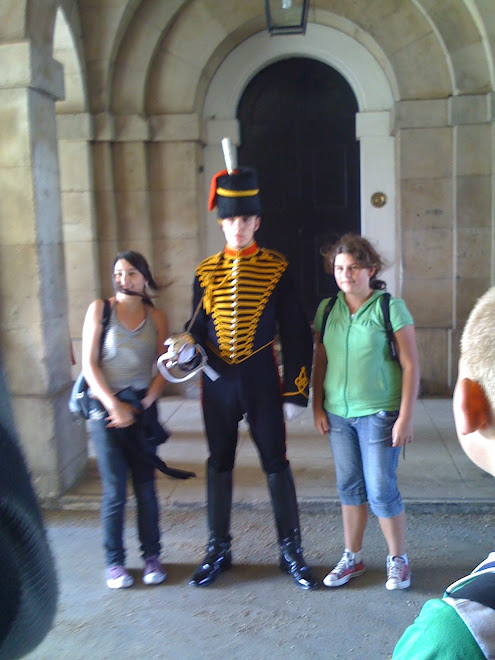
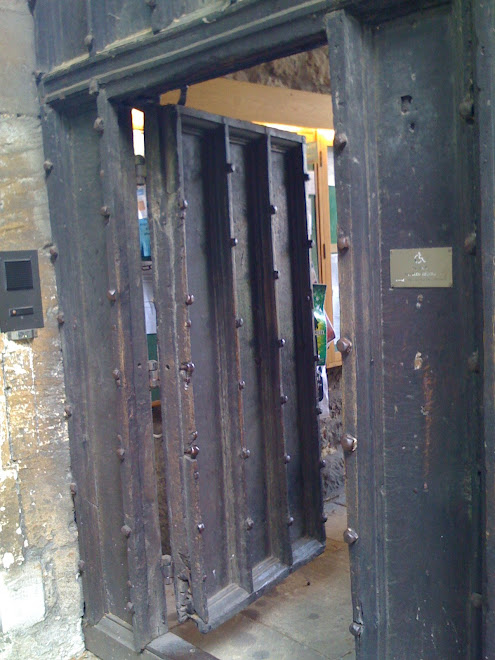
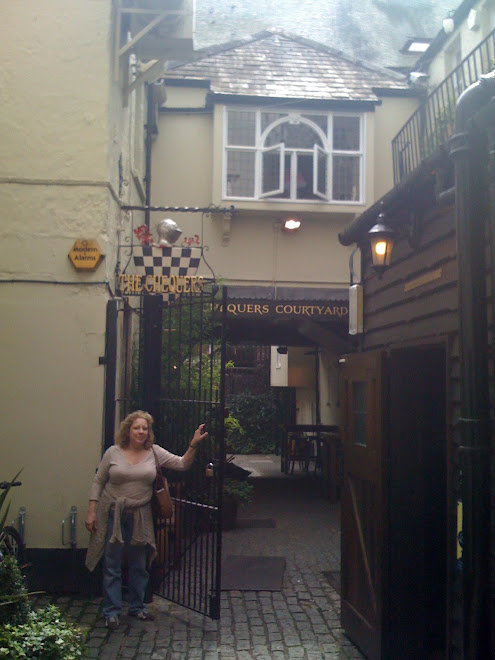
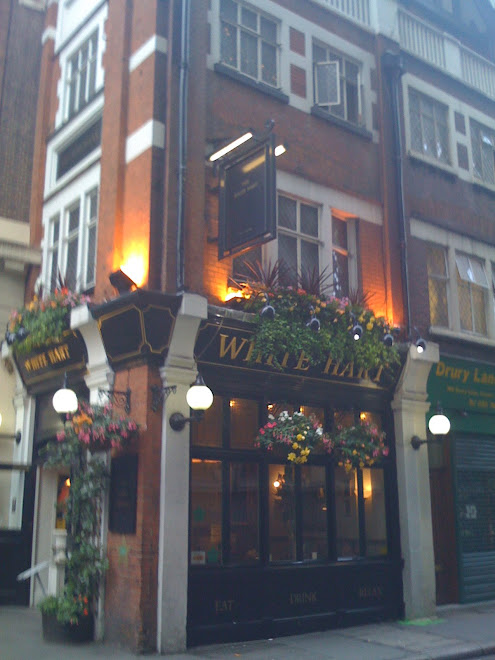



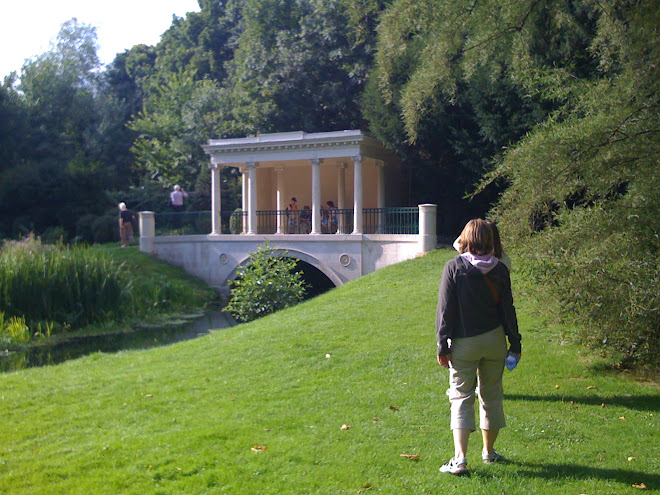


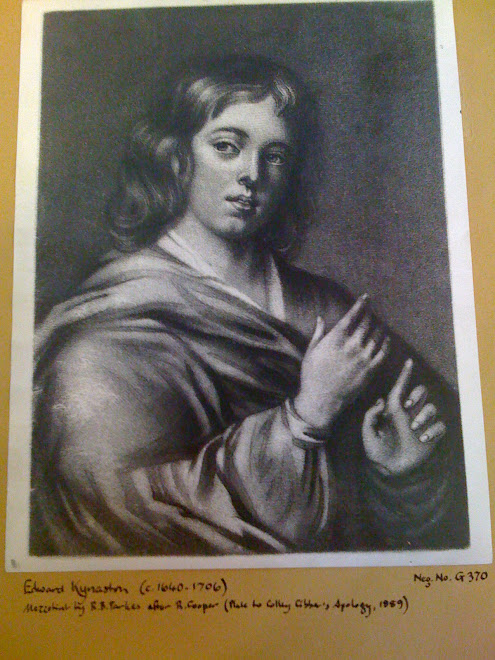

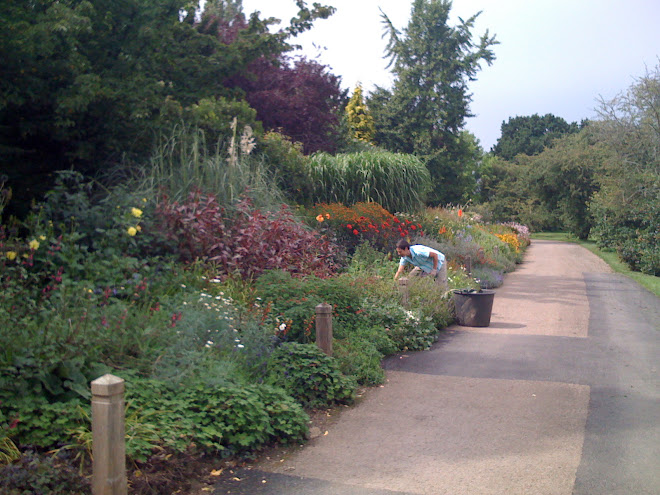

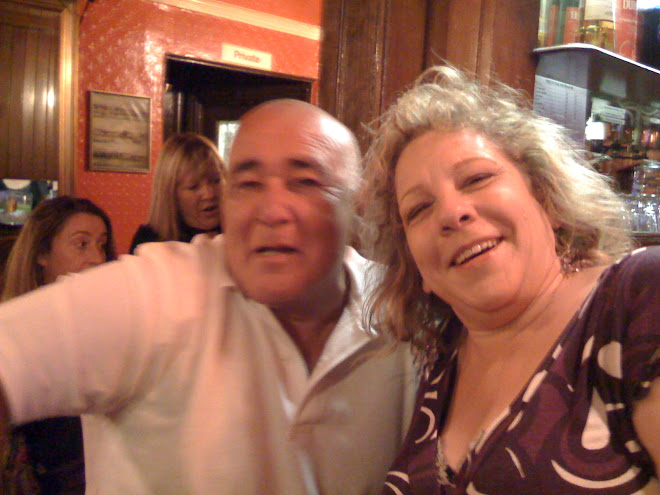


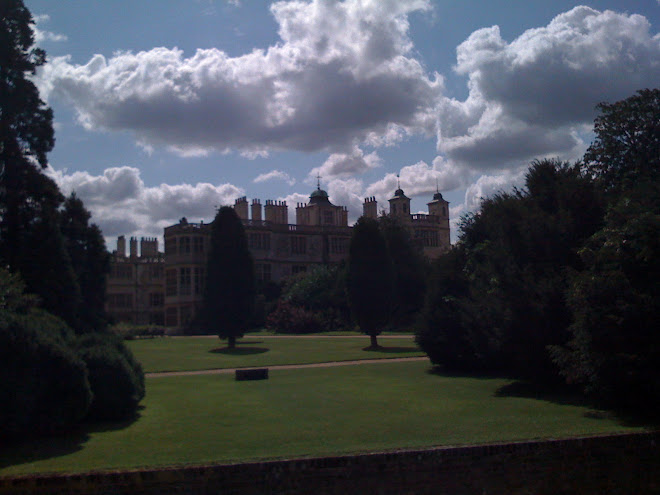
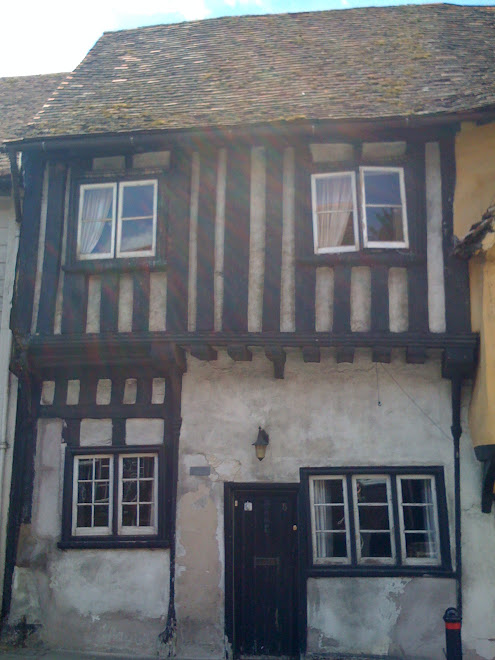

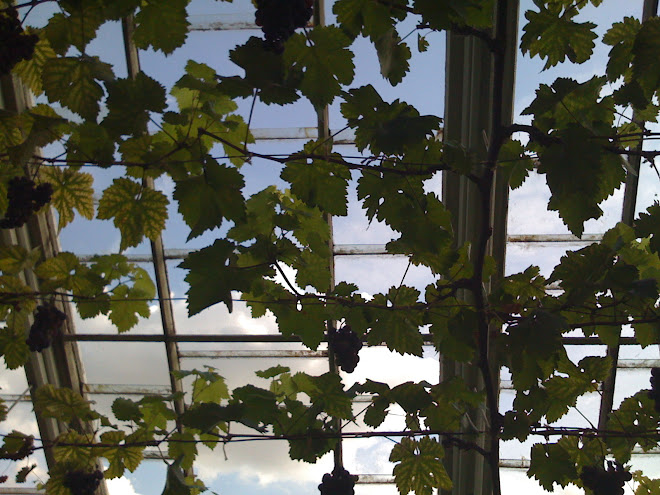
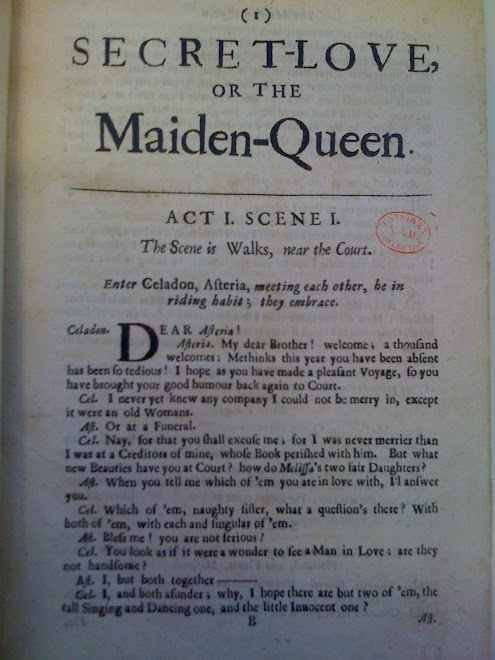
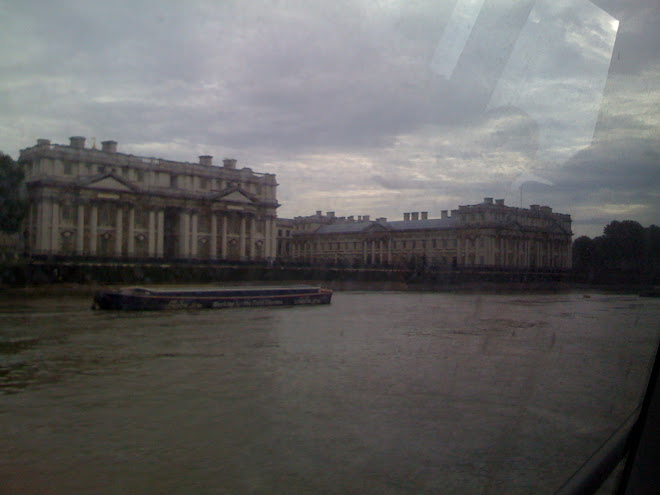

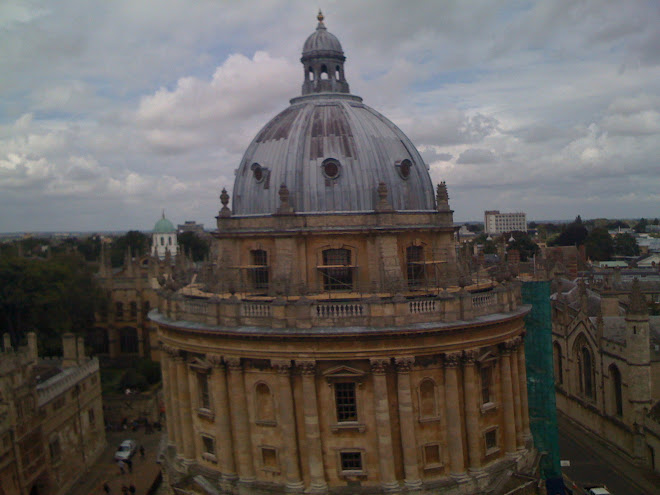
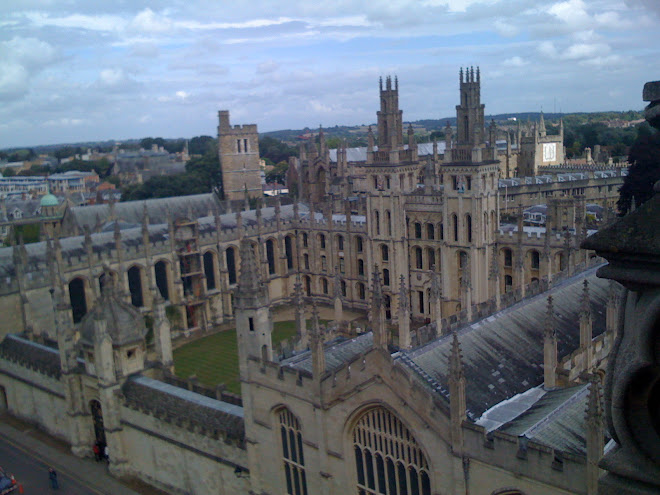
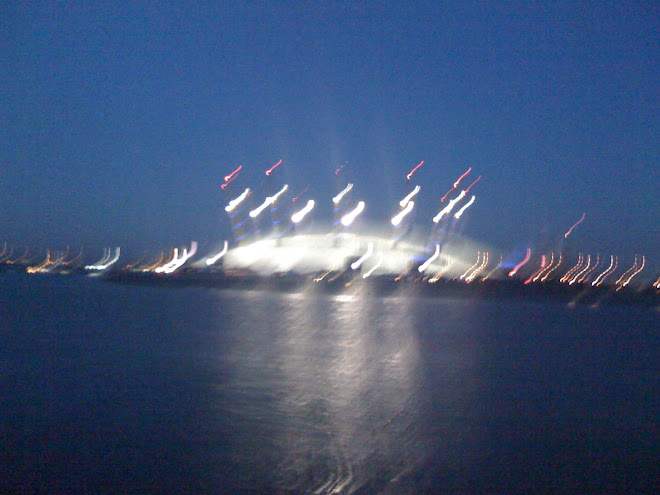
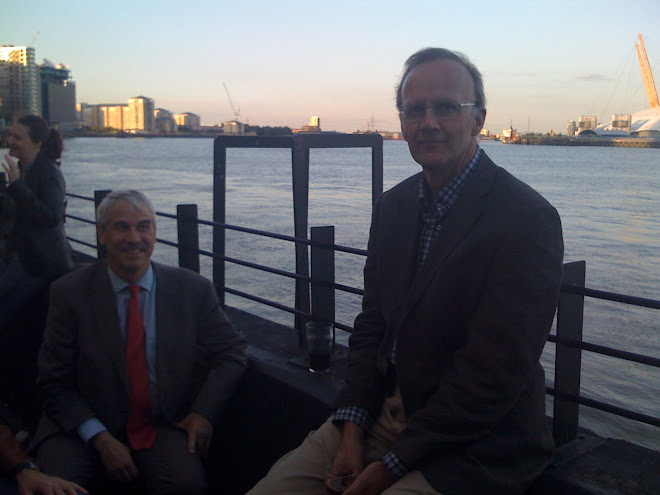
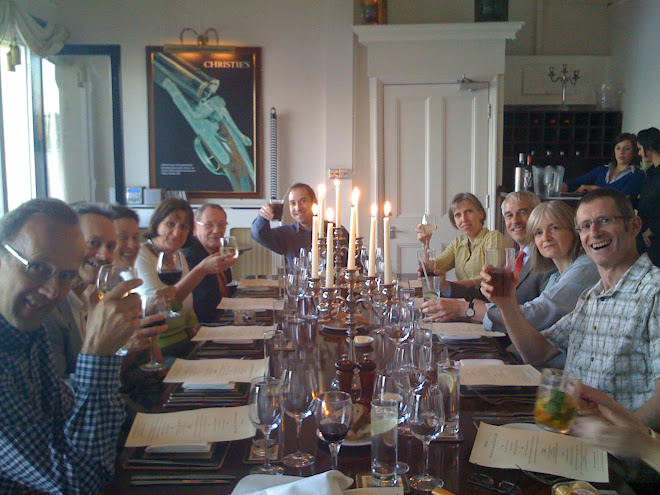



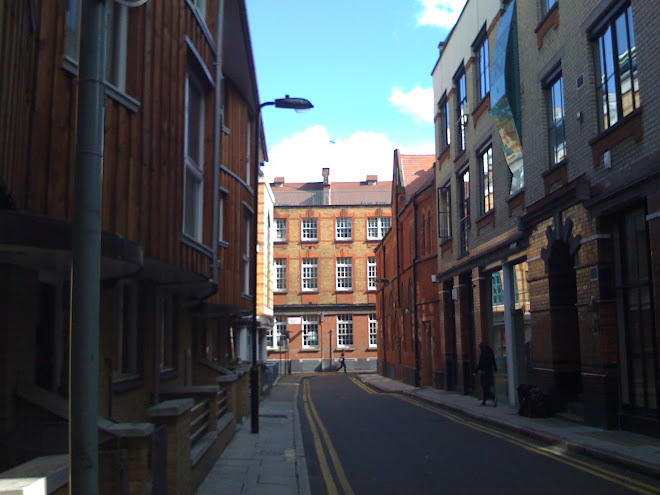
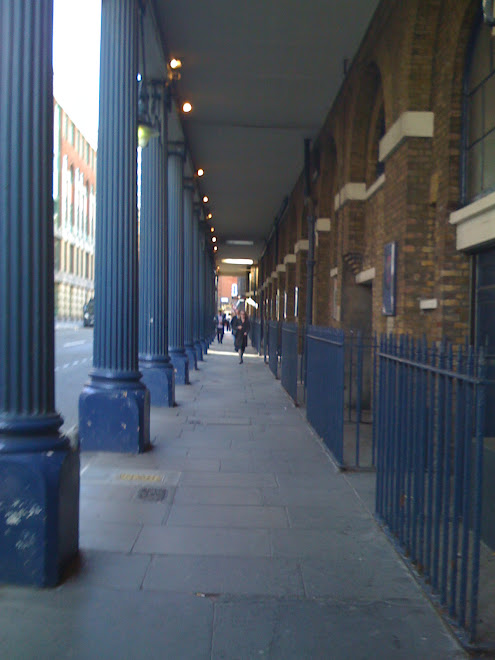

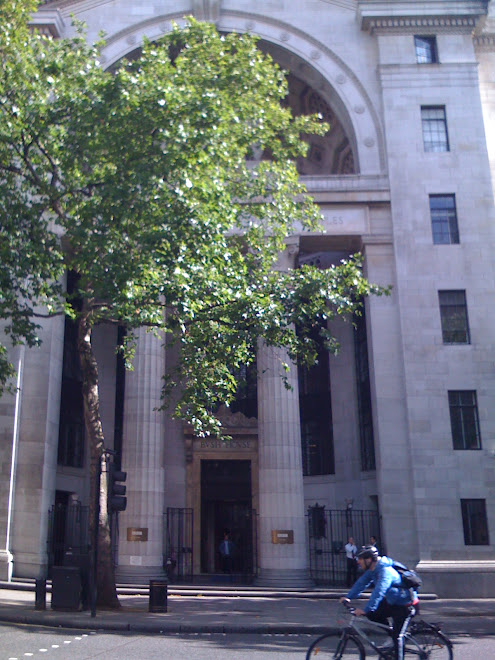




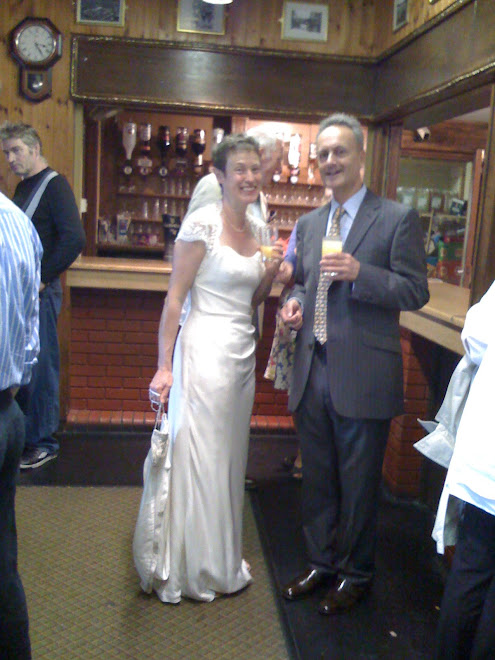

No comments:
Post a Comment